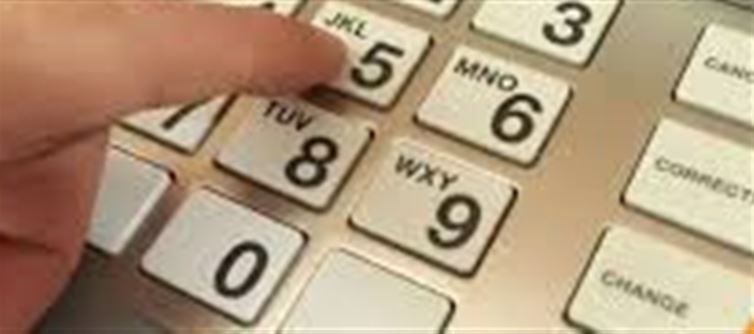
Choosing a secure ATM PIN is crucial in today’s wallet PLATFORM' target='_blank' title='digital-Latest Updates, Photos, Videos are a click away, CLICK NOW'>digital world. Cybercriminals often target predictable PINs, putting your money at risk. Here’s what you need to know to stay safe:
🏷️ 1. Common Mistakes people Make
- Using birthdates, anniversaries, or lucky numbers
- Incorporating mobile numbers, house numbers, or sequential digits (1234, 0000)
- Reusing the same PIN across multiple cards
These patterns are easy for scammers to guess, especially with online data leaks.
⚠️ 2. Why These PINs Are Risky
- Cybercriminals use social media and publicly available info to guess PINs
- Simple sequences are cracked using automated hacking tools
- Can lead to unauthorized withdrawals and identity theft
🔢 3. Numbers You Should Never Use
- Dates of birth of yourself or family members
- Phone numbers or last 4 digits
- Repeated numbers: 1111, 2222, 9999
- Simple sequences: 1234, 4321, 0000
- Anniversary dates or house numbers
Avoiding these makes your ATM PIN much harder to hack.
🛡️ 4. How to Choose a Safe ATM PIN
- Use random numbers not linked to personal info
- Mix numbers that are meaningless to others but memorable to you
- Avoid writing your PIN down or storing it on your phone
- Change your PIN periodically for added security
💡 5. Extra Tips for ATM Safety
- Cover the keypad when entering your PIN
- Avoid using ATMs in poorly lit or isolated areas
- Enable SMS/email alerts for every transaction
- Monitor your account statements regularly
🌟 6. Final Takeaway
Your ATM PIN is your first line of defense against cybercrime. Using predictable numbers like birthdays or phone numbers makes it easy for scammers to access your account. Choose random, secure numbers, update them periodically, and stay vigilant for suspicious activity.
Disclaimer:
The views and opinions expressed in this article are those of the author and do not necessarily reflect the official policy or position of any agency, organization, employer, or company. All information provided is for general informational purposes only. While every effort has been made to ensure accuracy, we make no representations or warranties of any kind, express or implied, about the completeness, reliability, or suitability of the information contained herein. Readers are advised to verify facts and seek professional advice where necessary. Any reliance placed on such information is strictly at the reader’s own risk..jpg)




 click and follow Indiaherald WhatsApp channel
click and follow Indiaherald WhatsApp channel